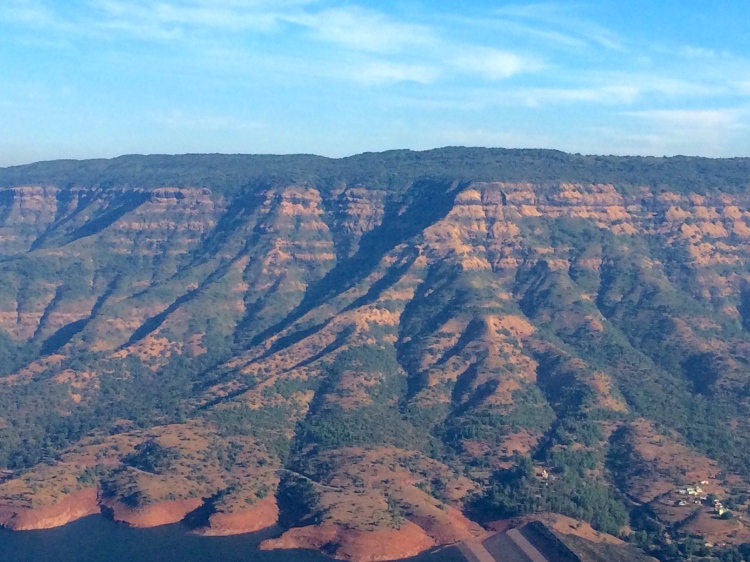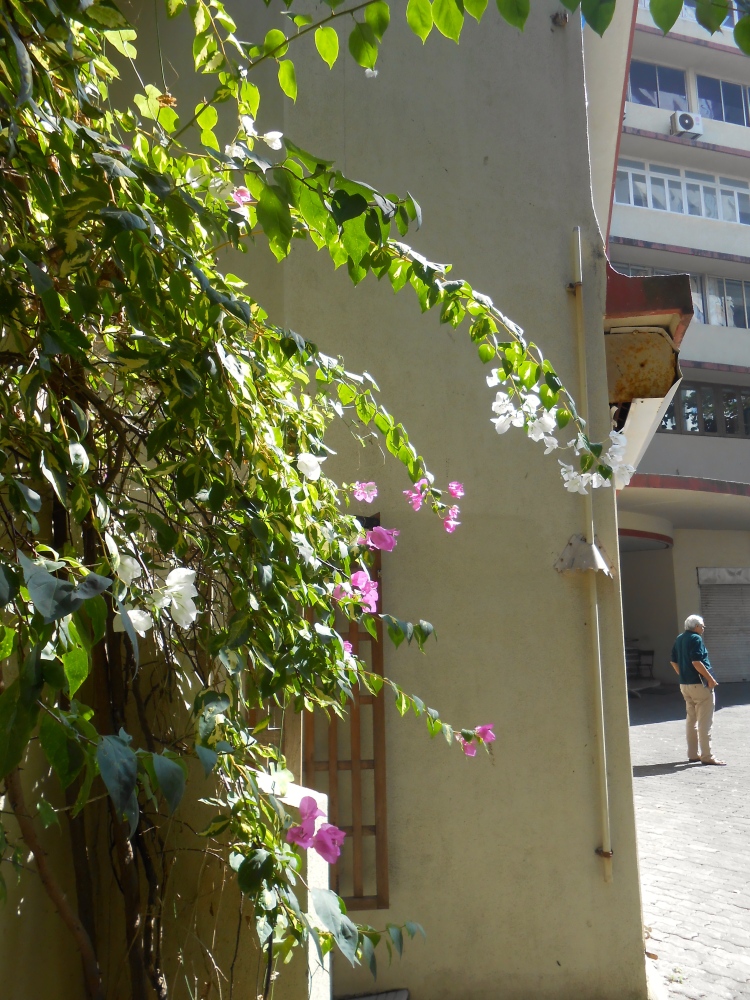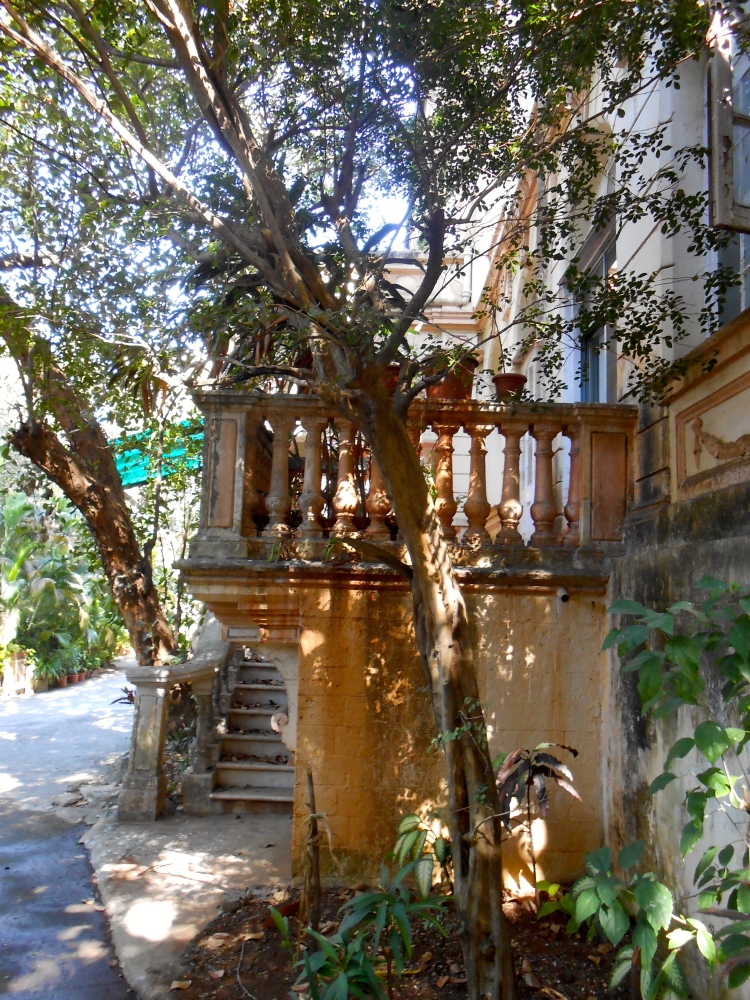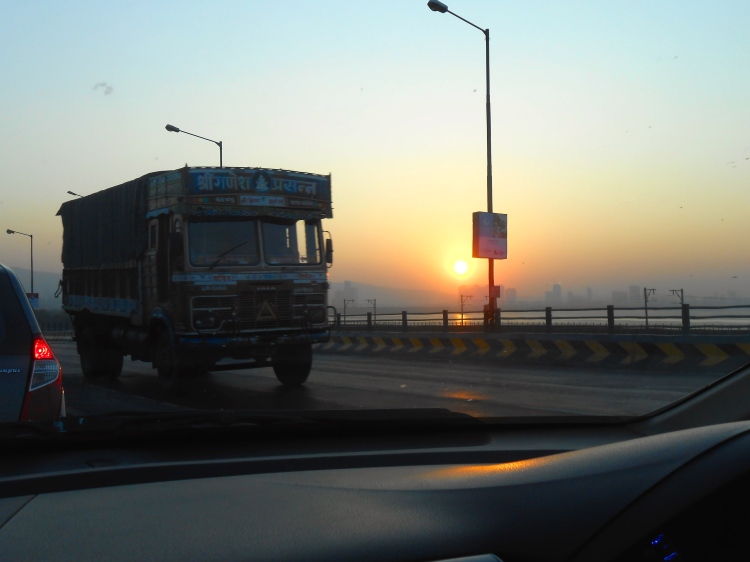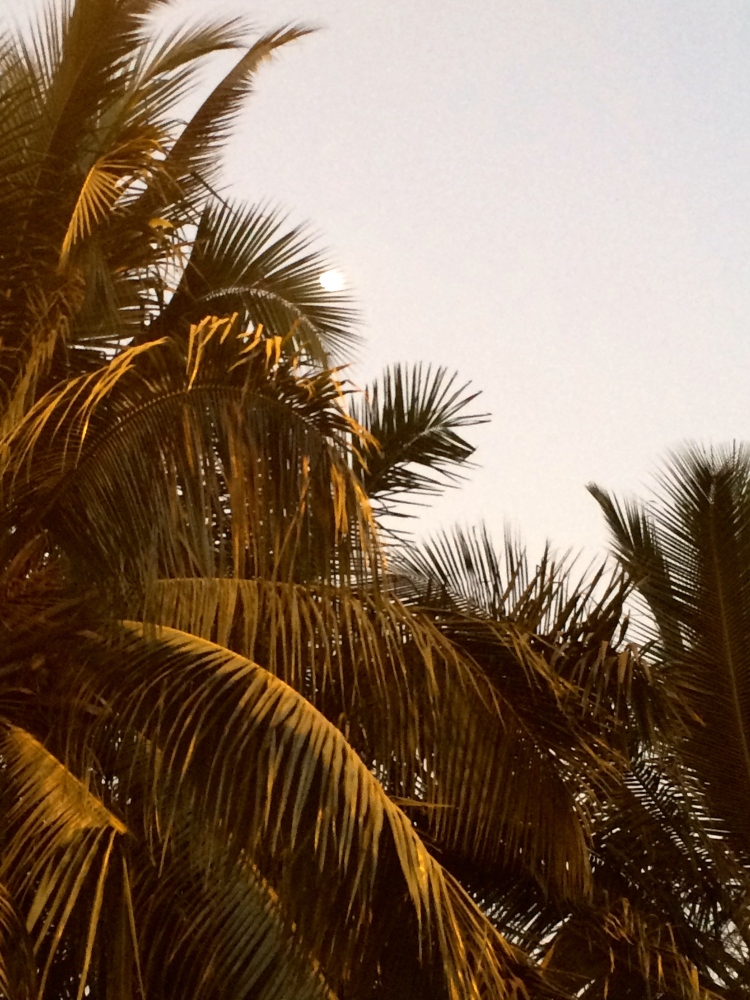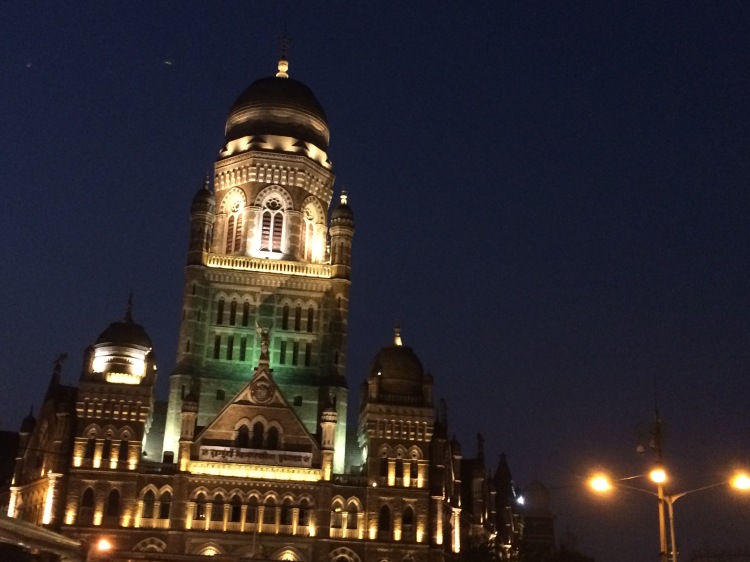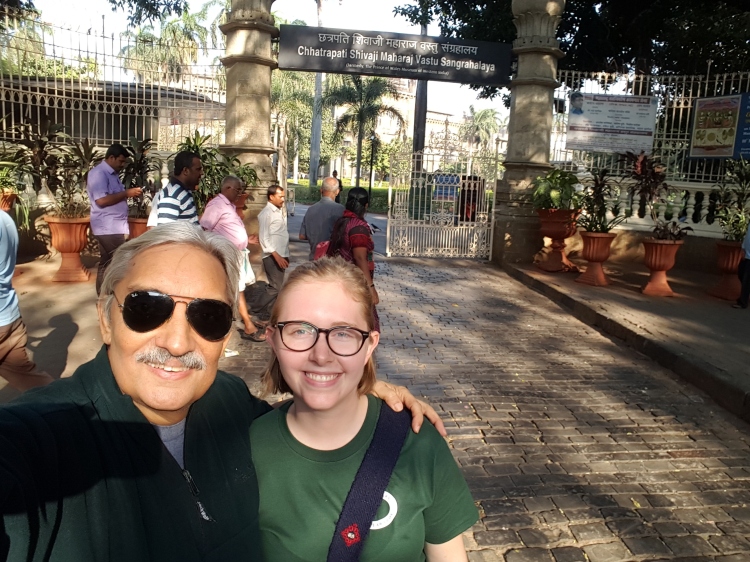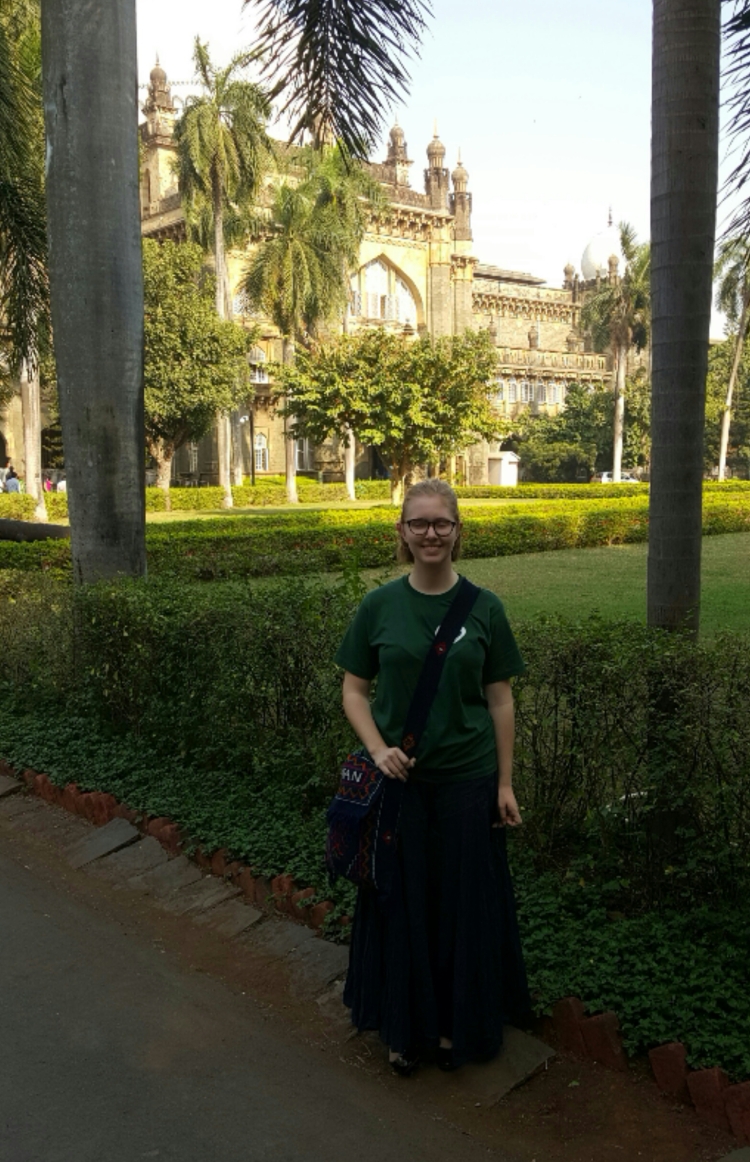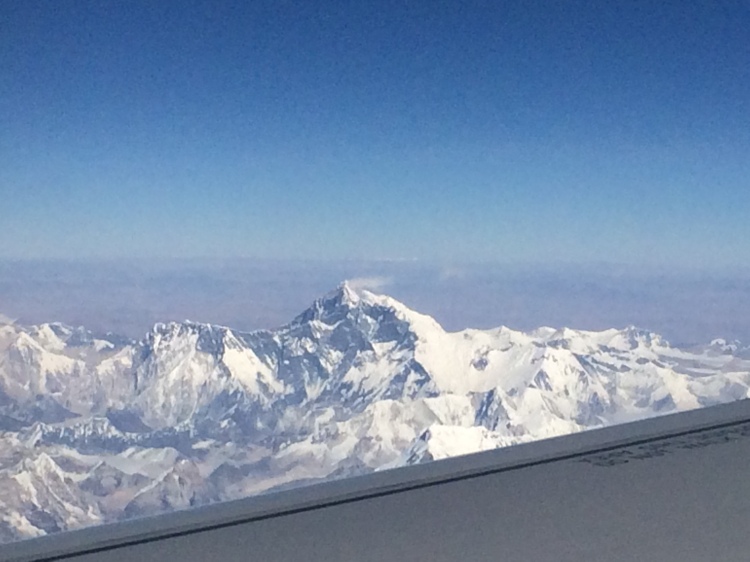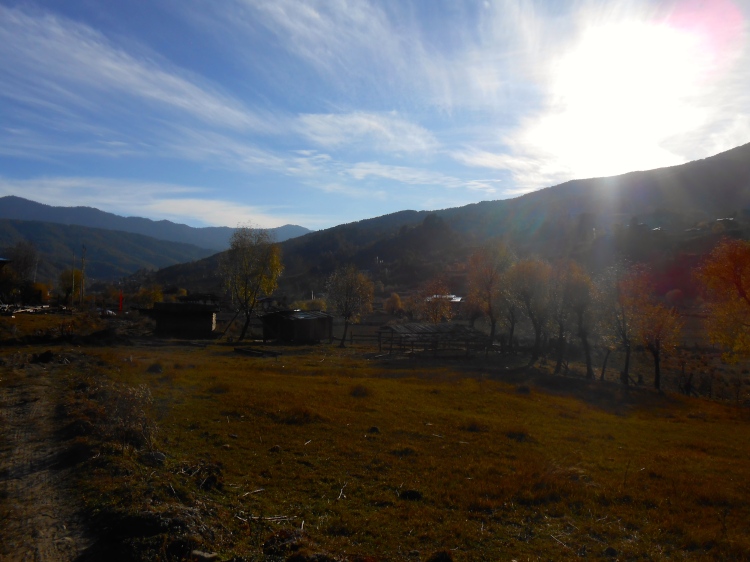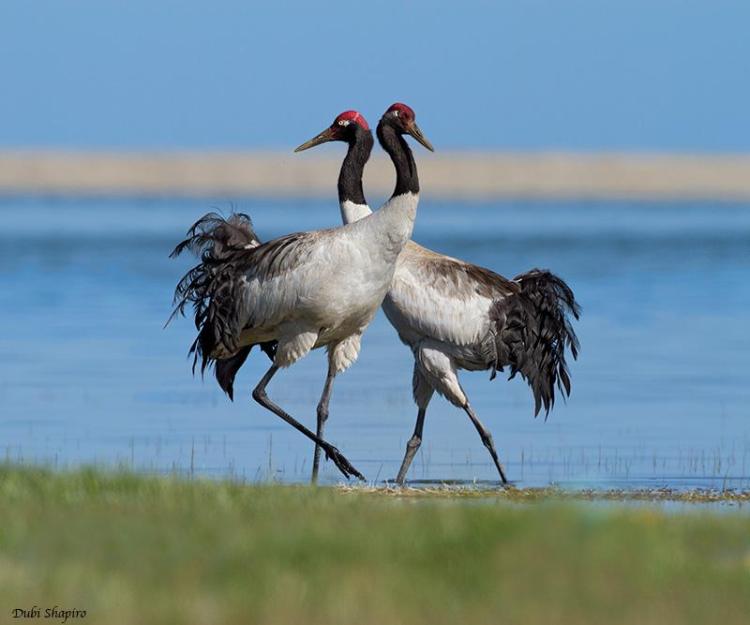The last week and a half have been some of the most rewarding, stressful, and transformative days in my life. I’ve had more cups of naja (milk tea) than I can count, sat on many bamboo-woven mats on wood floors, climbed the stairs of Bhutanese homes, cuddled cats, watched a farmer chop up yak meat, and conducted a total of 73 semi-structured interviews and two key informant interviews. Yesterday I was served a full lunch by a Bhutanese family who were having a puja in their home (a ritual blessing and cleansing). I sat on the floor with my translator, Kinley, and was immediately served naja, a full plate of red rice, and cow’s cheese that was the consistency of cottage cheese, as well as curd, which is actually delicious. So much dairy! Kinley was also served potatoes and meat, which I obviously did not eat. It was an enjoyable, filling meal, and they kept offering more and more – Have some more rice! More cheese! More curd! It’s hard to turn down when they have invited you into their home and have provided more hospitality, unquestioned and un-asked-for, than almost anyone has offered you in America.
(We actually ended up going back to that house later in the afternoon to interview someone else. As you might have guessed, we were offered more – this time suja (butter tea, quite a drink) and sinchang, which is one of the traditional Bhutanese homemade alcohols (the others are ara and banchang). I probably drank two cups of sinchang and three of suja, which was not much, given how forceful the sweet old lady was who kept offering more, almost refusing to accept my protests of No, no, no, karinchela, I can’t drink any more straight butter or homemade alcohol! Karinche but no!)
I am now an expert on Bhutanese hospitality – it’s better than anything else!
The interviews are conducted by my friend Brad and I. We each have our own set of questions, but we ask them during one interview so we don’t bother people twice. During the last two days we conducted 41 interviews (!!!) because we split up with one translator each. We have conducted so many interviews (we will probably have 80 by the time we’re finished collecting data on Tuesday) that faculty and staff have started telling us that people have written theses for Masters programs based on fewer interviews. Whoa! We are both very excited about these data, and have high hopes for the final papers that are due next week.
These last two days we were in Duhr, which is a rather large, sprawling village (meaning a bit more than 80 houses) about an hour north of UWICE. It’s a fascinating place – a community of nomadic yak herders and cordyceps collectors, many of whom only live there for part of the year. Most people seemed a lot wealthier than many of the villagers I met in Tang. Some had couches, many houses were bigger, newer, cleaner… children seemed to have more time to play, and some families didn’t even do much during the entire year except for the very busy few months in early summer when they make the dangerous journey (three days north) to collect the illusive and incredibly lucrative Ophiocordyceps sinensis. Cordyceps is a fungus that grows parasitically on a certain caterpillar, and takes several years to mature. They are found mainly in Tibet, but also Nepal and Bhutan. The market for cordyceps is large and profitable, and continuing to grow. It’s considered to be an aphrodisiac in Traditional Chinese Medicine, and has other purported health properties as well.
Every year, the Bhutanese government gives a certain number of permits to people (especially those who already live in districts that have cordyceps, like Gasa and Bumthang) so they can legally collect cordyceps during the early summer. It is a fairly regulated industry and market in Bhutan, but not so much in Nepal or Tibet. But the financial benefits are obvious – these cordyceps collectors are doing well, even though life is still hard, especially in such a cold and mountainous place as Duhr. The village is nestled on a mountainside and looks out, farther north, at craggy summits that are covered in snow. Highland meadows stretch above the village, which is where the yak herders keep their yaks while they are living in Duhr.
I asked a villager about wildlife in the area, and learned that tigers live a little farther north, but then again, who knows? – He suddenly contradicted himself and said that villagers have seen tiger pugmarks nearby. And there are bear attacks in the village. They are very much living among these animals.
As I said at the beginning of this post – it has been a wild week. More later, once DR fieldwork is officially over.
I will leave you with this photo of my view right now.



